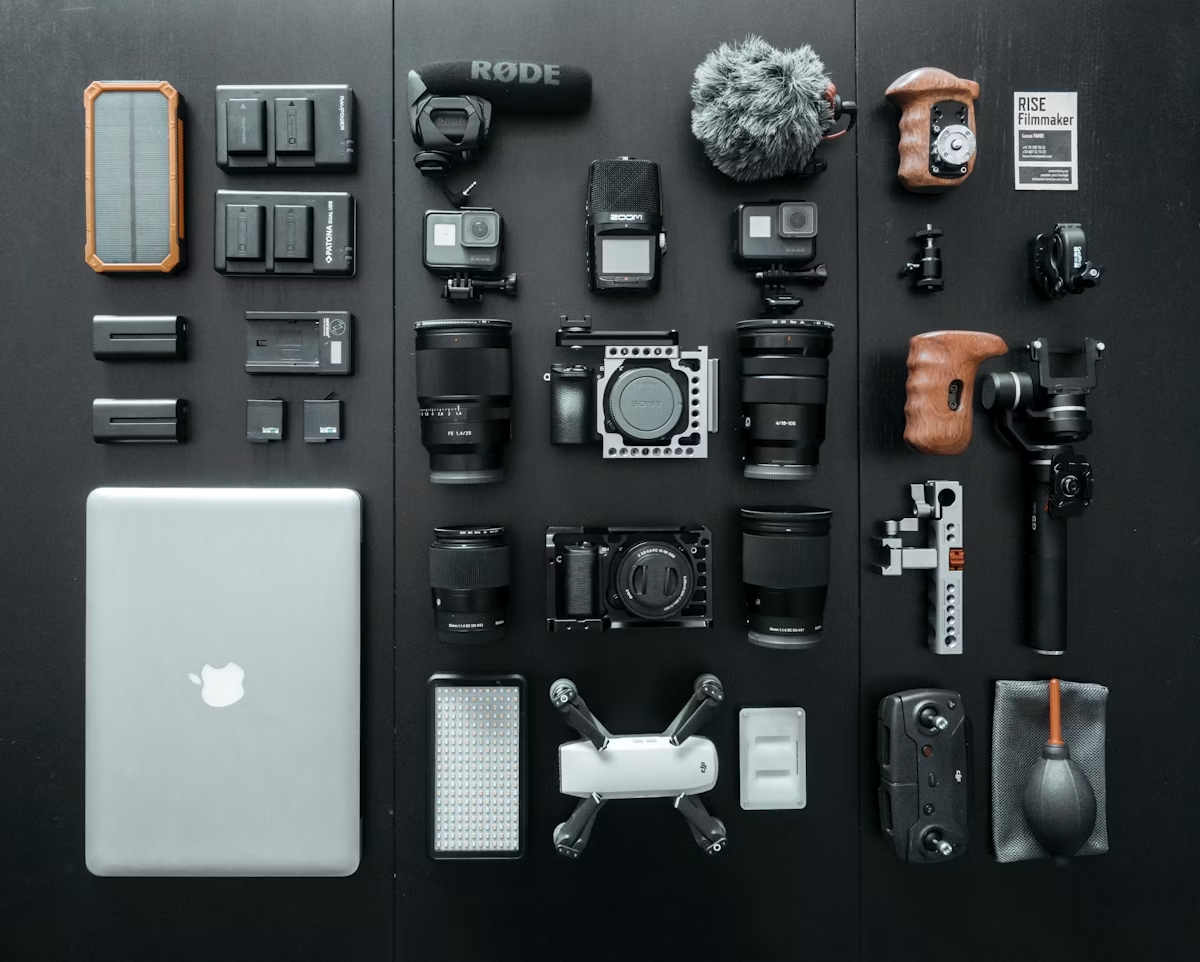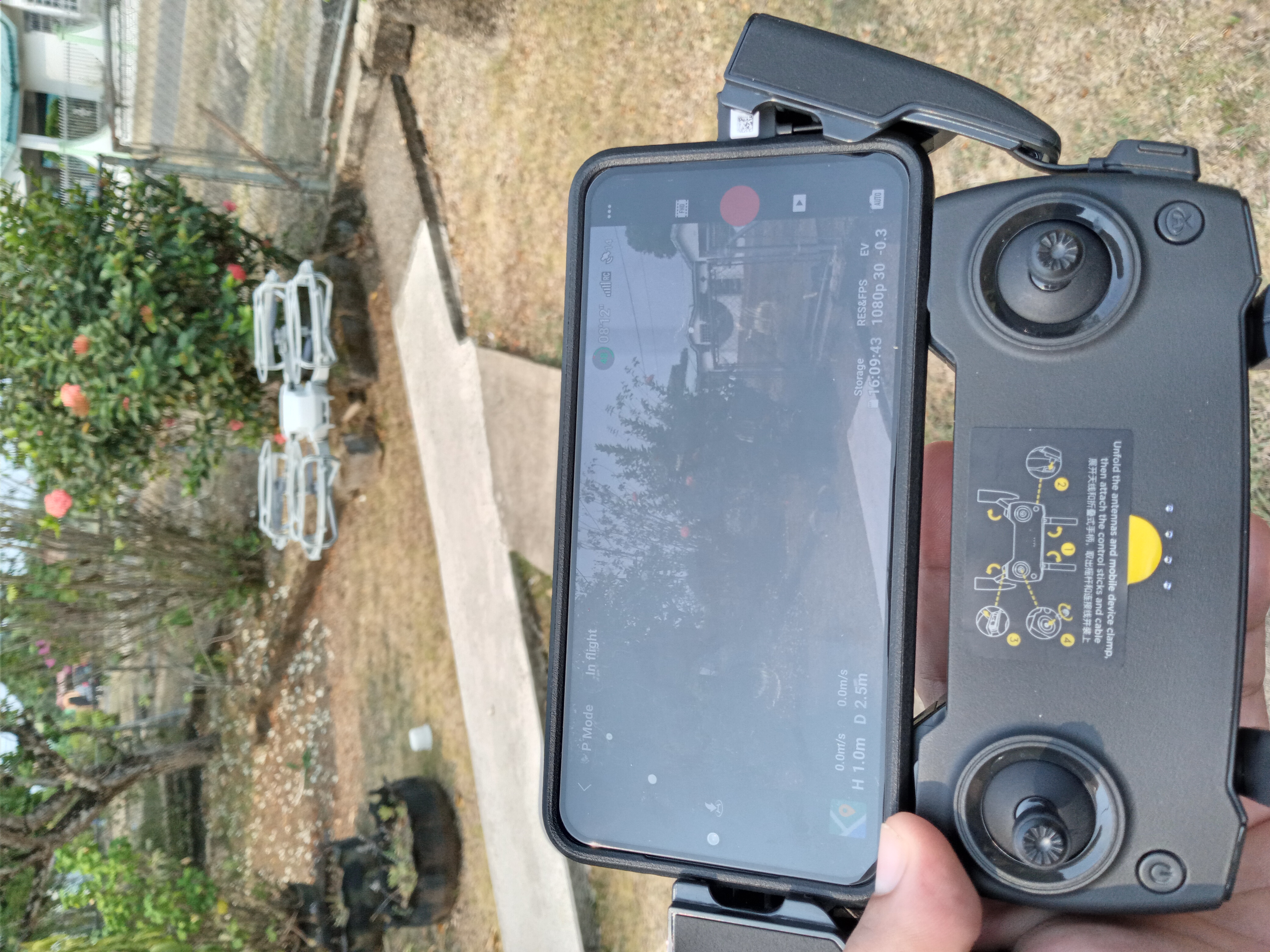Operational Readiness — fast deployment, proven workflows
Flight planning • RAMS • Permissions • Deliverables turned around on schedule.
Precise data and cinematic visuals, delivered fast. Fully insured (£5M public liability), compliant flight planning, and clear deliverables.

Certified pilots • Checklists • Live client preview options.
Orthomosaics, DSM/DTM, contours, and site progress with survey-grade GCPs.
Bridges, towers, solar, wind, and roofing—high-res stills & 4K video, annotated.
Broadcast-quality footage, reels, and FPV sequences for campaigns & events.
Property tours, 360° orbits, and neighborhood highlights for listings.
Multispectral NDVI/NDRE, crop health, stand counts, & variable-rate maps.
Heat loss, solar string checks, and LiDAR point clouds for CAD/BIM.
* Indicative prices. Final quote depends on scope, location, permissions, and risk profile.
Nationwide UK coverage. Next-day availability in London & South East; 48–72h most other regions.

Prefer to talk? Call +44 20 1234 5678 or WhatsApp chat now.
Sat Sep 27 2025
Here are the key events on day 1,311 of Russia’s war on Ukraine.